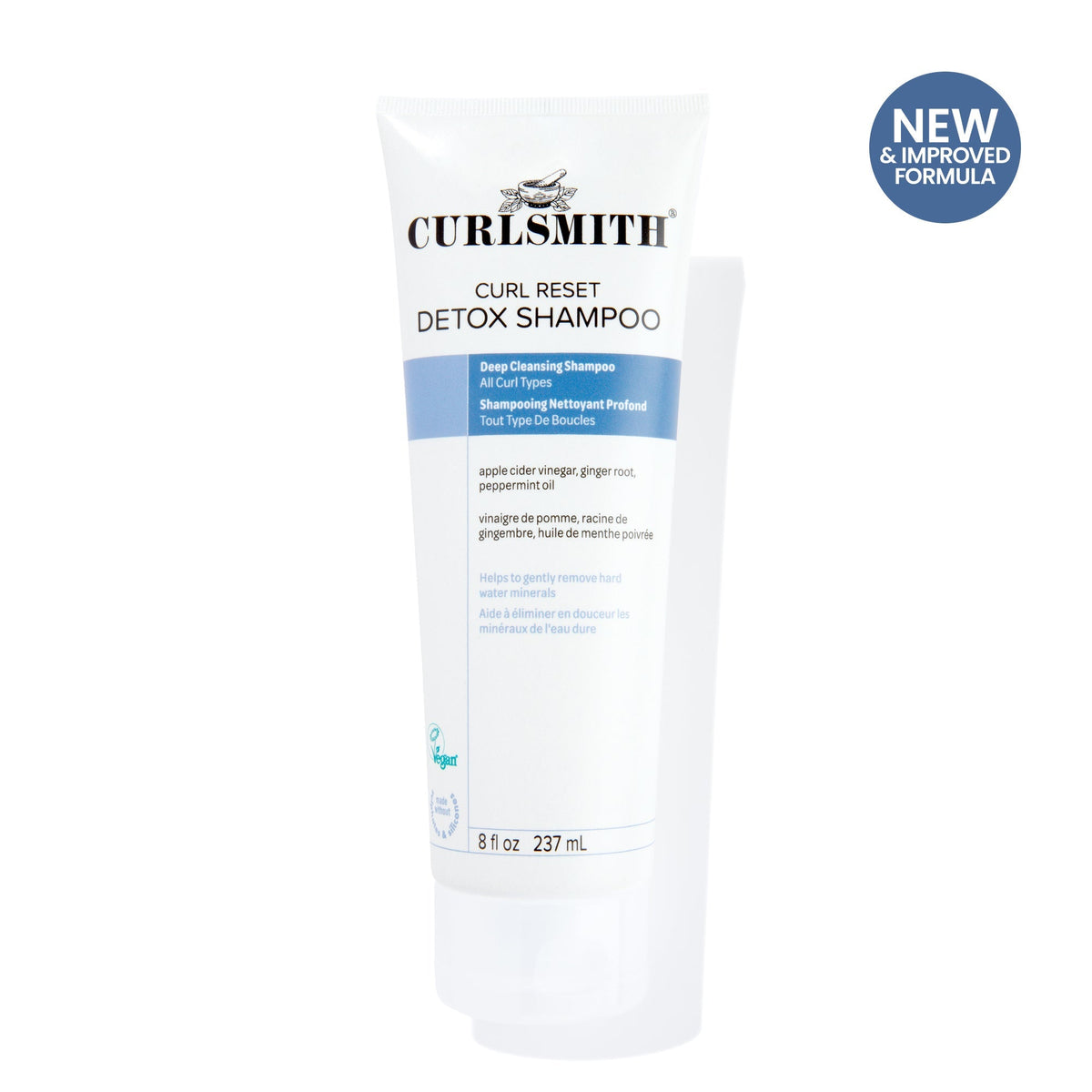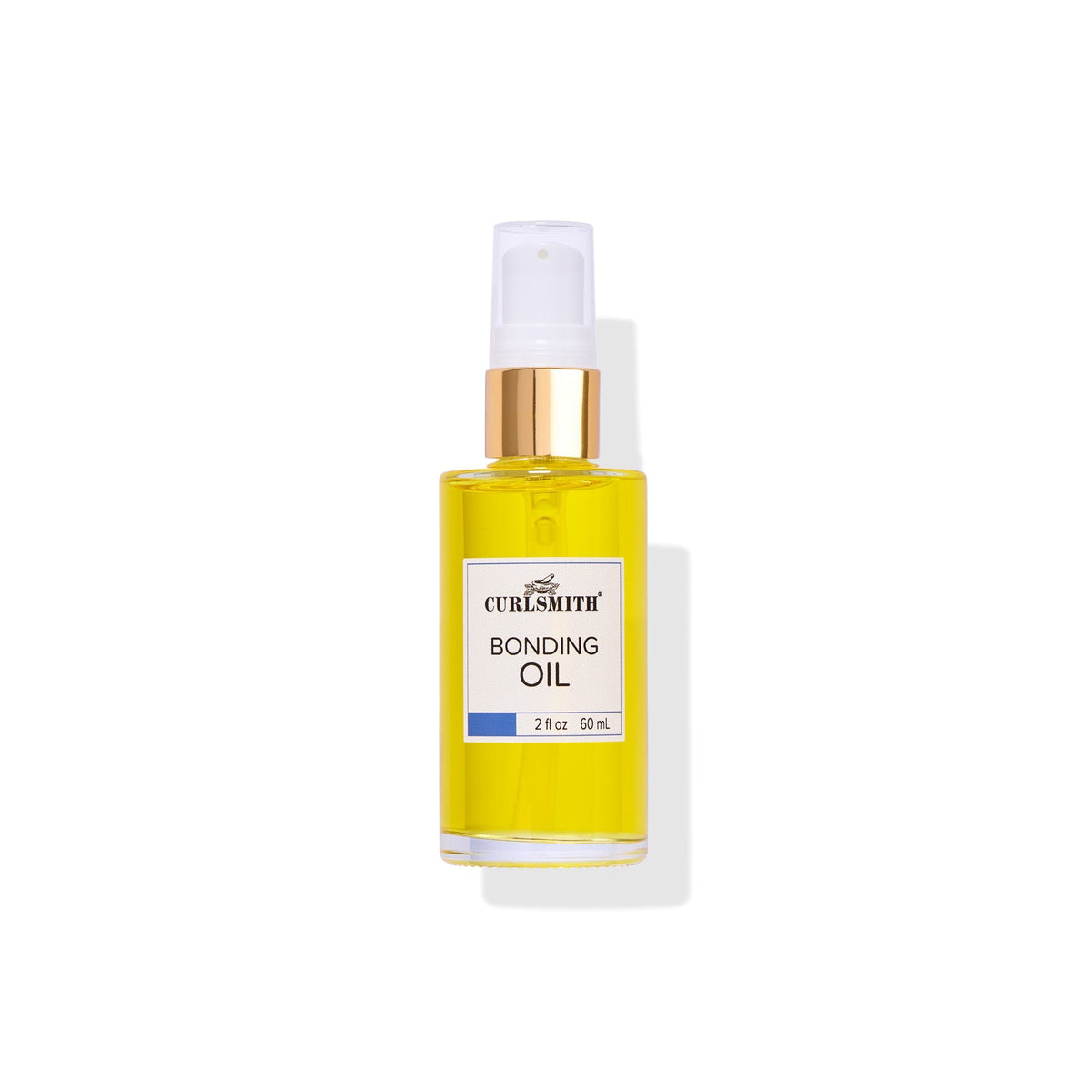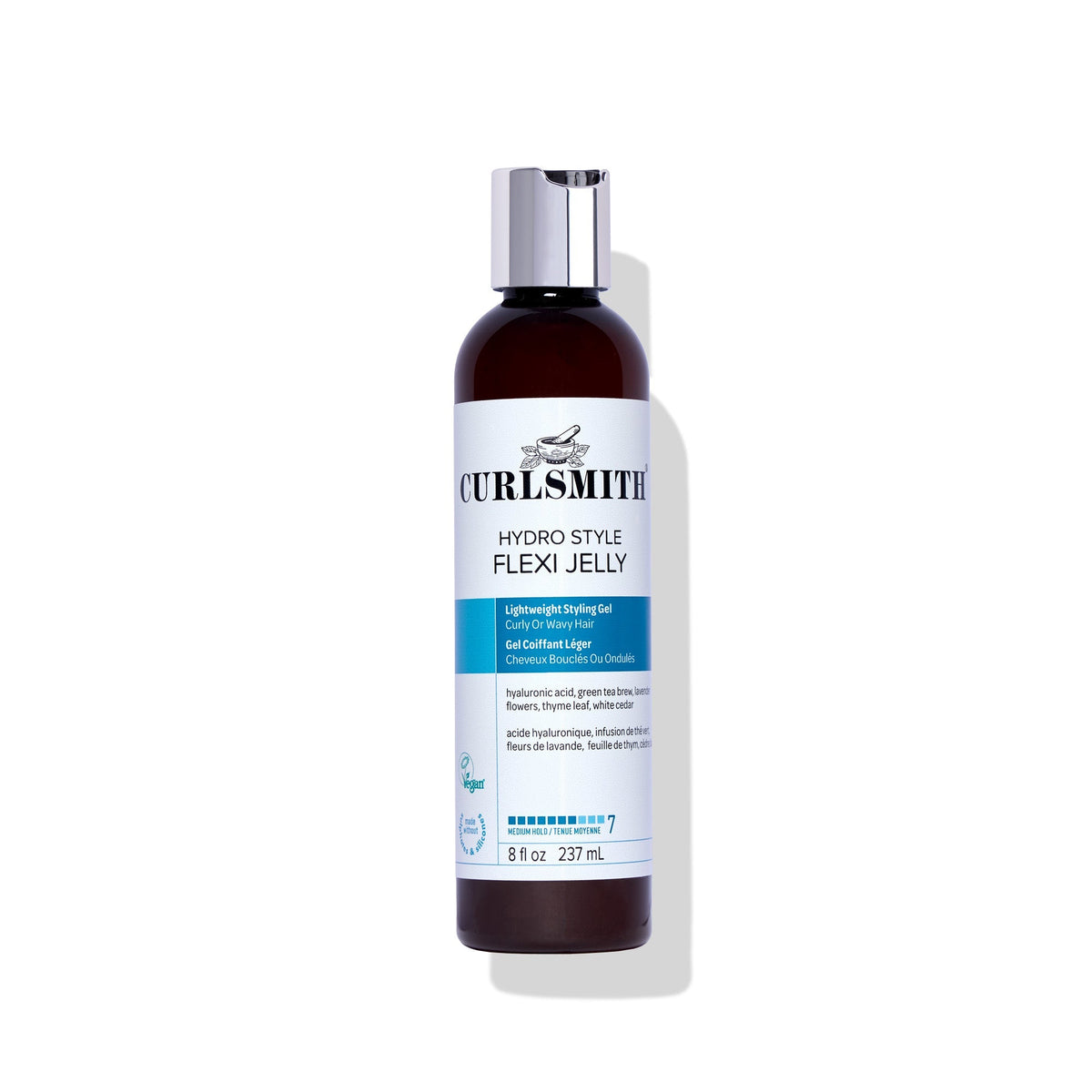
- What is Low Porosity Hair?
- 6 Characteristics of Low Porosity Hair
- How Do You Test Your Hair’s Porosity?
- What Causes Low Porosity Hair?
- What are the Best Products for Low Porosity Hair?
- How to Care For Low Porosity
- How Does It Differ from High Porosity?
What is Low Hair Porosity?
Low porosity hair is a description of how much moisture can enter and leave your hair. Hair porosity determines how open and closed hair cuticles are, and how this affects its ability to absorb and retain water (how porous it is). Low porosity means your curly hair is not very porous, meaning it has incredibly tight cuticles.
This means that:
- Hair that has low porosity is not too dry and can maintain moisture quite easily.
- This also makes it very difficult for moisture to penetrate through the cuticles when needed.
No matter your type of curly hair, you may have low porosity hair and need to find the necessary curly hair products to manage it.
6 Characteristics of Low Porosity Hair
Low porosity hair has certain traits and characteristics that will affect the curl pattern and your hair texture. You can start to determine how your hair reacts to moisture by seeing how your curls, waves, or coils behave. Here are some key characteristics of low porosity hair:
- Leave-in products tend to sit on the hair rather than penetrate, so it’s very easy to apply too much which might result in scalp build-up.
- The hair is easily weighed down and can struggle to achieve volume, which may make you want to use volumizing hair products.
- When you spray some water on a clean, product-free strand, the water forms little beads on the surface rather than penetrating into the hair.
- It takes a long time for the hair to get fully wet.
- It takes a long time for the hair to fully dry.
- The hair doesn’t take color very well.
How Do You Test Your Hair’s Porosity?
If you can identify some of the above characteristics of how your tresses behave, you may have a good indication that you have low porosity hair. If you need more help determining if you have low porosity hair, you can test your hair using some simple methods. 
Spray Test
- Start with clean, product-free hair
- Spray some water on a strand of hair
- Observe how your hair responds to the droplets of water
- If the water forms lots of little droplets on the hair surface without sinking in, you have low porosity hair.
Float Test
- Get a clean, product-free strand of hair (perhaps from a hairbrush)
- Fill a container with room-temperature water
- Place the strand on to the water
- If the strand floats it is likely to be low porosity.
Once you have determined you have low porosity hair, you can begin to find the best products for curly hair to look after it. If you need more help identifying your curl type, and what to use to care for it, you should take our curl quiz.
What Causes Low Porosity Hair?
If you have low porosity hair, you may be wondering what has caused it. Your hair’s porosity can be influenced by your genes, and can be hereditary. Curly hair in its untreated state is naturally higher in porosity than straight hair. Therefore, the curlier a strand is, the higher porosity it tends to be.
Using chemical treatments and frequent heat styling can also affect your hair’s porosity. This is because these can cause hair damage which leads to gaps and tears in your cuticles. That, in turn, will impact how porous they are.
What are the Best Products for Low Porosity Hair?
Establishing a proper curly hair routine, no matter your hair’s porosity, can help to leave your locks as healthy as possible. Here are the best products for low porosity hair:
Clarifying Products
As low porosity hair suffers from build-up you should regularly use clarifying shampoos. These special types of shampoos help to remove build up, and keep your low porosity hair feeling as healthy as possible. Clarifiers, such as our Curl Reset Detox Shampoo help to cleanse the hair of products that have not been properly absorbed.
Moisturizing Products
To moisturize low porosity hair properly, use a lightweight hydrating hair products. Deep conditioners such as our Hydro Creme Soothing Mask will help to penetrate moisture into your hair strands, without weighing them down.
Lightweight Products
Lightweight products are also a must for low porosity hair. They won’t weigh your strands down as much as heavier ones. As is, applying your styling products on soaking wet hair, for easier absorption into the strands. We recommend our Hydro Style Flexi-Jelly, a medium hold jelly that defines curls without any build-up.
Hair Oils
Using hair oils on curly hair can help seal in moisture. For low porosity hair, you will want to use lightweight curly hair oils. Choose products that won’t sit on the hair strands and make them look greasy. Products that contain glycerin are ideal because it helps to retain moisture within the hair.
Products For Protein-Moisture Balance
Low porosity hair doesn't need a lot of protein to maintain good protein moisture balance. Whilst protein overload can leave hair prone to snapping, moisture overload can result in hair which stretches too much and eventually falls apart. For low porosity hair we recommend using just one of our Strength Recipes products at a time to make sure you are keeping your hair in balance.
How to Care For Low Porosity
Caring properly for low porosity hair is important to achieve the curly hairstyles of your dreams. Those with this type are prone to experience build-up, weighed down tresses, and would benefit from specific techniques and tips to apply product.
For the best low porosity hair routine, try:
- Use heat to make moisture penetrate better - For example, wearing a heated shower cap during the waiting time of your hair treatment. Or try diffusing curly hair for a few minutes at the start of the treatment wait time.
- Using just a few protein-rich products - Using only a few helps to avoid protein overload, as this hair is healthy and doesn’t need a lot of repair.
- Clarify your scalp - Use a clarifying shampoo more often to ensure you get rid of product build-up on the scalp.
- Use light products - Lighter products, such as lightweight curly hair gels, are easier for low porosity hair to absorb, and this will avoid a build up or products that sit on the hair.
- Try a simpler routine - Minimize your routine and use only one product rather than layering them to avoid weighing down your tresses.
How Does It Differ from High Porosity?
When comparing low porosity hair to high porosity, consider how much water is able to penetrate the hair. A quick guide:
- High porosity - High porosity hair has loose cuticles that can easily let moisture in. However, it just as easily lets it out. This makes it difficult for this porosity type to retain hydration.
- Medium porosity - Medium porosity hair sits in between the high and low. The cuticles are looser than low porosity, but not as loose as high porosity. This means that moisture penetrates relatively easily, but isn’t lost too fast.
Choose Curlsmith to Care For Your Curls
Curlsmith uses curl-friendly ingredients to create cruelty-free, vegan hair products for all hair types, free from parabens, silicones, and sulfates. From wavy hair products to coily hair products, see how to unlock your curl pattern. For tailored recommendations, take our curl quiz!


